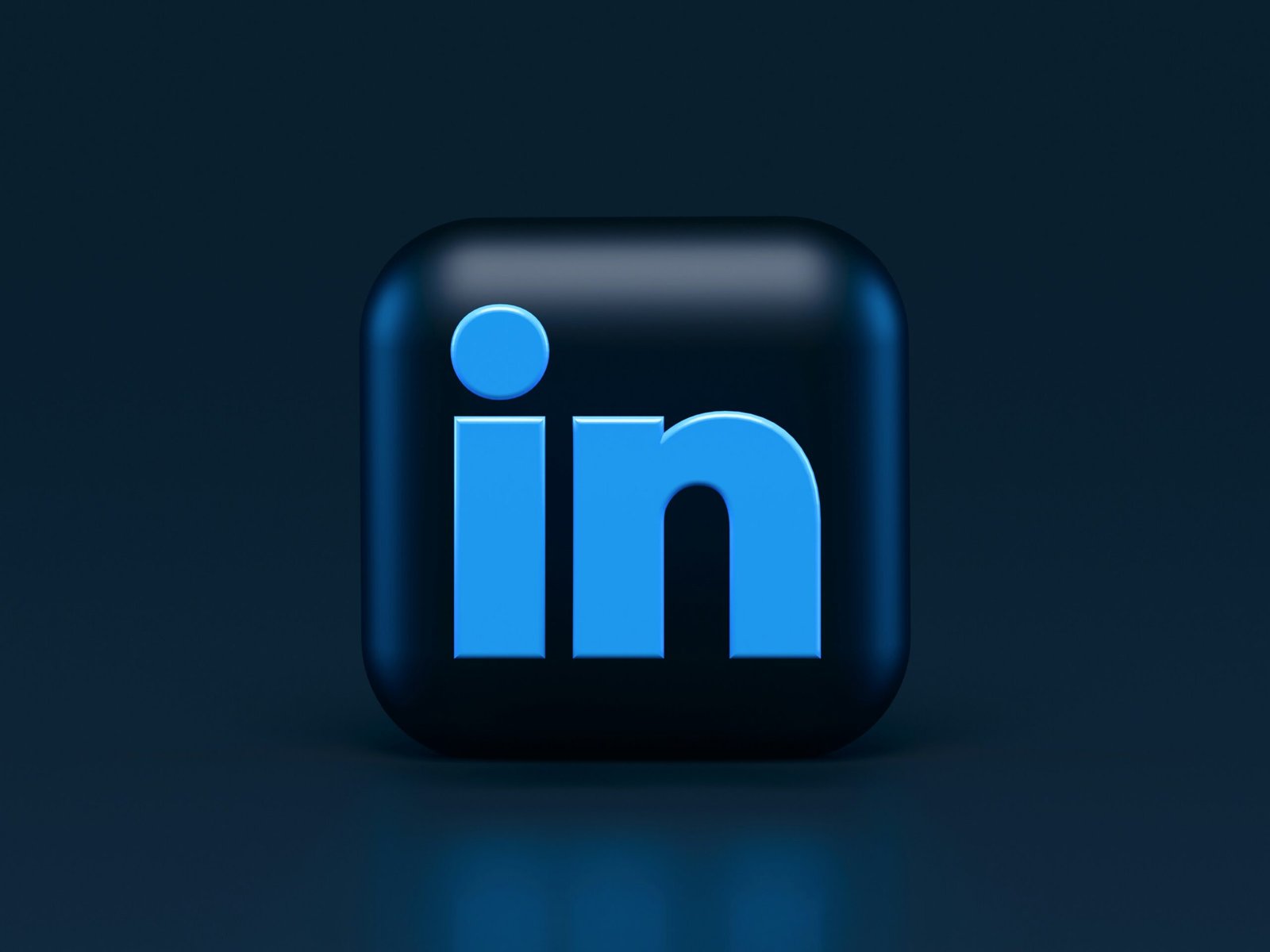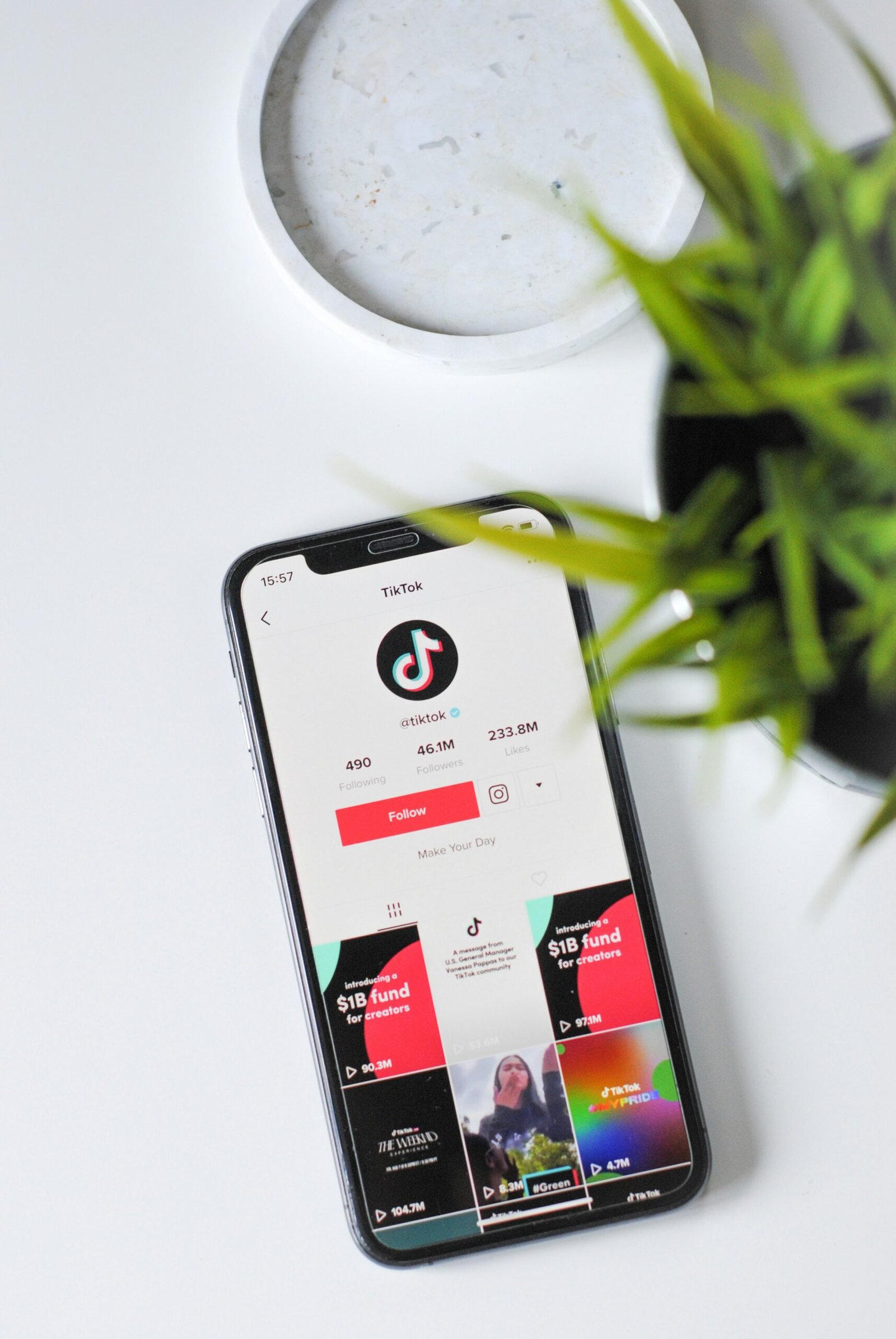LinkedIn, the world’s largest professional networking platform, has revolutionized the way professionals connect and engage with each other. With over 700 million users worldwide, LinkedIn has become a crucial tool for individuals and businesses alike. However, its success can be attributed not only to its vast user base but also to its user-friendly interface and seamless user experience (UI/UX).
UI (User Interface) and UX (User Experience) play a vital role in creating a positive and engaging online experience for LinkedIn users. Let’s explore why UI/UX is so important in LinkedIn and how it enhances the overall user experience.
1. Intuitive Design: LinkedIn’s UI is designed to be intuitive and user-friendly. The layout is clean and organized, making it easy for users to navigate and find what they are looking for. The use of clear labels, icons, and menus ensures that users can quickly access different features and functionalities. This intuitive design helps users save time and effort, making their overall experience more enjoyable.
2. Personalization: LinkedIn understands the importance of personalization in creating a tailored user experience. The platform allows users to customize their profiles, showcase their skills and experience, and connect with relevant professionals in their industry. The personalized feed algorithm ensures that users see content and updates that are most relevant to their professional interests. This level of personalization enhances user engagement and makes LinkedIn a valuable resource for professional networking.
3. Seamless Networking: LinkedIn’s UI/UX is designed to make networking seamless and efficient. The platform provides various tools and features that facilitate networking, such as the ability to send connection requests, join professional groups, and participate in discussions. The messaging system allows users to communicate directly with their connections, making it easier to build professional relationships and collaborate on projects. The smooth networking experience provided by LinkedIn encourages users to actively engage with the platform and expand their professional network.
4. Job Search and Recruitment: LinkedIn has become a go-to platform for job seekers and recruiters alike. Its UI/UX is specifically designed to streamline the job search and recruitment process. Users can create detailed profiles, upload resumes, and search for job opportunities based on their skills and preferences. Recruiters can post job openings, search for candidates, and evaluate applicants’ profiles. The user-friendly interface and intuitive job search features make LinkedIn a powerful tool for both job seekers and recruiters.
5. Mobile Experience: In today’s digital age, mobile devices are becoming the primary means of accessing online platforms. LinkedIn recognizes this trend and has invested in creating a seamless mobile experience. The mobile app offers a responsive design, ensuring that users can access LinkedIn’s features and functionalities on the go. The UI/UX of the mobile app is optimized for smaller screens, providing a smooth and enjoyable user experience even on mobile devices.
In conclusion, the success of LinkedIn can be attributed, in part, to its focus on UI/UX. The intuitive design, personalization options, seamless networking features, job search capabilities, and mobile experience all contribute to creating a positive and engaging user experience. LinkedIn’s commitment to providing a user-friendly platform has made it the preferred choice for professionals worldwide. Whether you are looking to expand your professional network, search for job opportunities, or showcase your skills and experience, LinkedIn’s UI/UX ensures that you can do so efficiently and effectively.
So, the next time you log in to LinkedIn, take a moment to appreciate the thought and effort that has gone into creating a seamless UI/UX that enhances your overall experience on the platform.












Leave a Reply